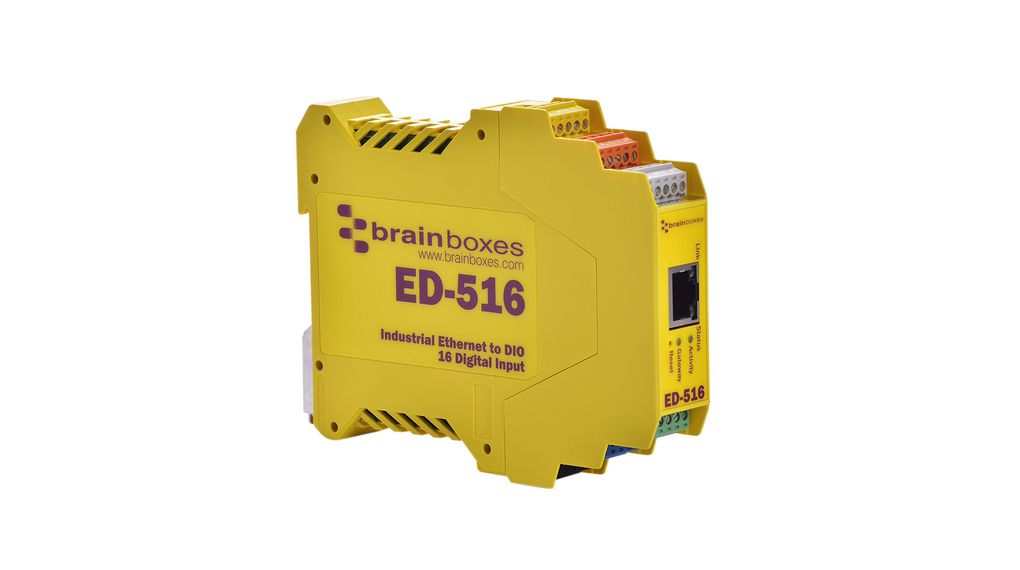Industries across the globe are turning to innovative solutions to minimise their environmental impact and maximise energy use in an era where efficiency and sustainability are critical. Smart energy monitoring is one such invention leading this transformation; it is a technology that offers huge cost reductions as well as improved operational insights. IIoT-enabled (Industrial Internet of Things) smart energy monitoring and management can successfully control CO2 emissions, cut energy costs, and meet sustainability goals.
This article touches on some of the work of Brainboxes, a pioneering firm that has successfully integrated smart energy monitoring systems into their own operations, and helped other businesses incorporate this too. This case study shows how it assisted an automotive manufacturer to monitor energy usage, cut costs and eliminate any inefficiencies.
Retrofitting Energy Monitoring Devices
To understand where your costs lie, the first thing that you need to do is monitor power consumption. This automotive manufacturer was able to do this by retrofitting smart monitoring devices into the company’s existing infrastructure. Using the Brainboxes BB-400 Programmable Logic Controller, they were able to track energy usage in particular areas of the facility, machines and processes, capture timestamps and log historical usage data. The BB-400 converts electrical signals received from its IO lines into digital data. These electrical signals are received whenever a unit of energy is added to the sub-meter tally. This translation of data makes it easier to comprehend.
Optimising Resource Allocation with Real-Time Data
By using real-time data, the company may pinpoint times of maximum energy use and modify production plans to prevent high-energy-consuming equipment from operating concurrently. When machinery exhibits unexpected energy spikes or inefficient operation, it may be used to detect possible mechanical problems and schedule predictive maintenance to minimise unscheduled downtime and expensive repairs. The automotive company was also able to find idle machinery and procedures by studying past data. They then made informed, data-driven decisions about whether to upgrade, retire, or repurpose specific equipment, leading to more efficient resource allocation, and reducing the need for excess equipment whilst cutting capital expenditures.
Holistic View of Energy Usage
By installing Brainboxes remote IO devices (ED-008 and ED-516) to monitor additional sub-meters across their facility, data on every area, every breaker in the distribution panel, and every single kWh of energy usage is linked and sent over the network to the BB-400 Edge Controller. The BB-400 then compiles this plant-wide energy monitoring data, which can subsequently be sent to the cloud or incorporated into the current factory monitoring system.
The automotive manufacturer discovered that since the dashboard was tailored to their unique requirements, cost-saving objectives, and decarbonisation aims, sophisticated statistical analysis was not required. The BB-400 collects and aggregates detailed data on power consumption units, cost per kWh, and carbon footprint, which is then shown in a centralised Energy Monitoring visual dashboard. The manufacturer can see exactly where their resources are being spent thanks to this real-time visualisation, and they can discover possible inefficiencies by comparing the current data to past performance measures.


Conclusion
In an era of evolving ESG (Environmental, Social, and Governance) regulations, the example of the automotive manufacturer illustrates the critical role of innovative IIoT solutions in driving sustainability and reducing carbon emissions. The organisation has successfully leveraged Brainboxes’ hardware and open-source software to monitor and manage its environmental impact through precise energy data utilisation. This strategic approach positions the firm as a leader in responsible operations, which not only helps it comply with changing rules but also builds brand equity. If other businesses follow suit, then AI and IIoT-enabled solutions should lead the charger to a greener, more sustainable future.










